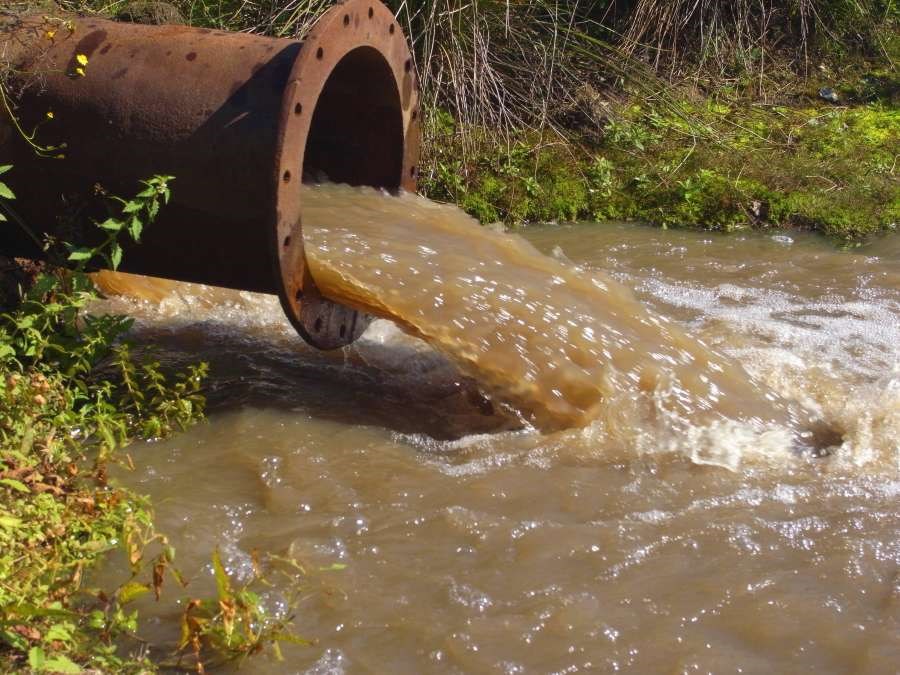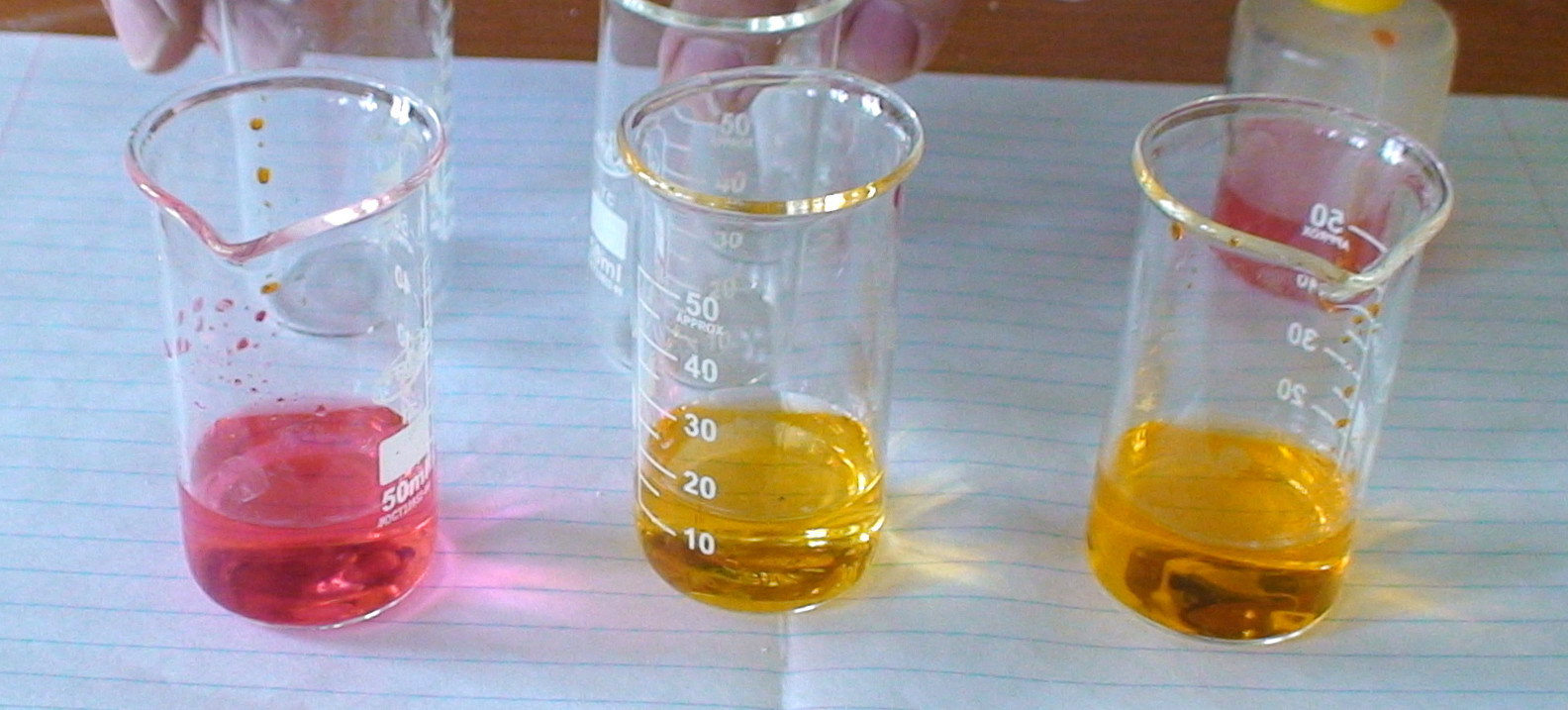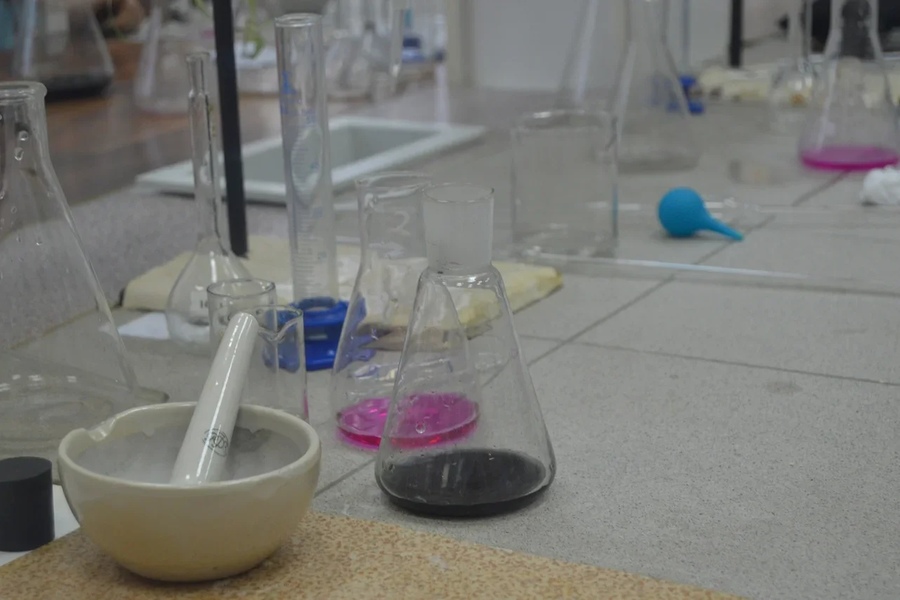
Divalent manganese under proper acidity and boiling conditions. And under the catalysis of silver ions, it can be oxidized by ammonium persulfate to heptavalent manganic acid, and at the same time produce a color reaction, and then generate purple, so that the parameters of manganese in water quality can be determined by colorimetry.
The main components of the manganese reagent added in the detection are: nitric acid, phosphoric acid, nitrate and nitrate high mercury. Among them, nitric acid is to adjust the acidity of the solution, silver nitrate plays a catalytic role, high mercury nitrate can eliminate the interference of chloride in water samples, and phosphoric acid is to prevent manganese from generating manganese dioxide during oxidation.

1. Reagents used in testing
(1) 2% oxalic acid.
(2) Manganese standard solution: use a calibrated 0.1 NKMnO4 standard solution, and calculate the volume of KMnO4 required for 1L manganese standard solution according to the following formula.
KMnO4(mL)=0.91/KMnO4 equivalent concentration
Take out the KMnO4 solution of the volume calculated by the above formula, add 2mL concentrated sulfuric acid to it, then drop 2% oxalic acid solution, and shake it while dripping until the pink color is completely faded. After cooling, dilute it to 1L.
(3) Manganese reagent: accurately weigh out 85g nitrate high mercury (or 75g sulfuric acid high mercury), dissolve it in 400mL concentrated nitric acid and 200mL distilled water, add 200mL 85% phosphoric acid and 0.035g silver nitrate, and dilute after the solution is completely cooled To 1L.
2. Instruments for manganese testing
(1) Spectrophotometer (2) Analytical balance: accuracy ±0.001g (3) Erlenmeyer flask: 150mL. (4) Pipette: 1, 2, 5mL, 50ml (5) Cuvette: 10mm. (6) Colorimetric tube with stopper: 50mL (7) Ear wash ball.
(1) Divalent manganese is oxidized to 7-valent manganese acid under suitable acidity conditions. In this process, nitric acid solution is used to adjust the acidity. The suitable nitric acid acidity is about 0.3N. If the acidity is insufficient, the divalent manganese is easy to be Oxidized to manganese dioxide; a reversible reaction occurs when the acidity is too high.
(2) If it is a neutral water sample when sampling, manganese will exist in a soluble form, but it is easy to oxidize to high-priced manganese after being placed, or adsorb on the container wall. Therefore, the test must be carried out as soon as possible.
(3) The reagents used should not contain heavy metal manganese. A blank measurement should be performed each time the manganese reagent and ammonium persulfate are equipped. The cap should be tightened immediately after the ammonium persulfate is used up to prevent the reagent from absorbing moisture or being contaminated. Subsequent testing failed.
(4) After adding manganese reagent to the water sample to boil, it should be cooled slightly before adding ammonium persulfate to prevent loss during boiling.
(5) The boiling time of the water sample should not be too long, otherwise the water sample will evaporate too much and the relative acidity will increase, which will reduce part of the manganese heptavalent to manganese divalent. As a result, the redness can not be detected accurately.

1. Take out 50mL water quality sample into 150mL conical flask;
2. Add 5 mL of manganese reagent to the conical flask containing the water sample and then add it to boiling. After a little cooling, add 1 g of solid ammonium persulfate, then continue to boil for 2 minutes and then cool.
3. Pour the above-prepared solution into a 50mL colorimetric tube, heat and distill it to the mark, use pure water as a reference, measure the absorbance of each tube at 525nm and record it. Then check the manganese ion concentration of the sample in the standard curve according to the absorbance of the water sample.
相关推荐